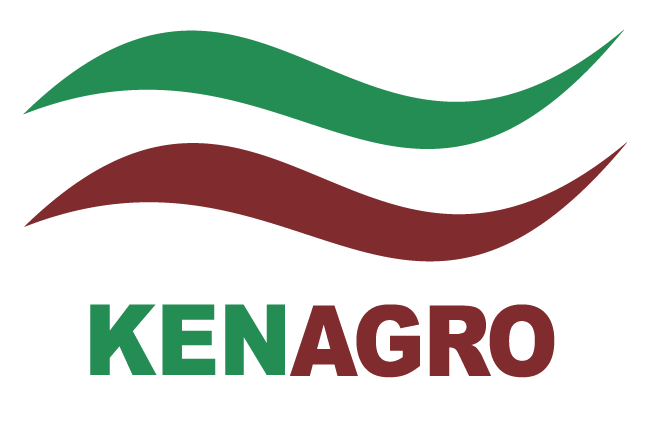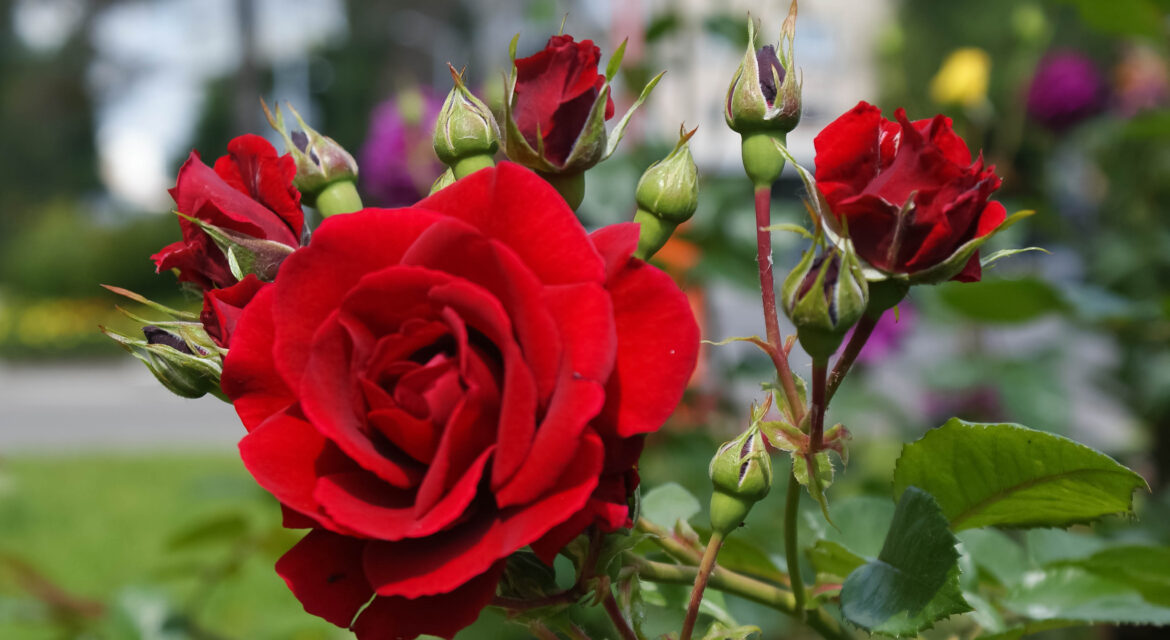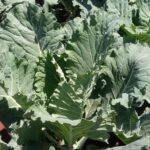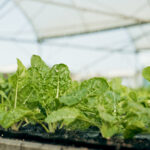Flower farming in Kenya is one of the most profitable and fast-growing agribusiness ventures, placing the country among the world’s leading flower exporters. Kenya’s favorable climate, well-developed logistics network, and direct access to European markets make it an ideal destination for large-scale and smallholder floriculture investments.
Major flower-growing regions include Naivasha, Thika, Nakuru, Eldoret, and the Mt. Kenya areas, where altitude, temperature, and soil conditions favor consistent, high-quality production. While large exporters dominate the sector, an increasing number of small and medium-scale farmers are venturing into flower farming in Kenya to serve both local and international markets.
1. Crop Selection and Planning in Flower Farming in Kenya
Choosing the right flower variety is the foundation of a successful flower farming venture. The ideal selection depends on climatic conditions, market demand, and your investment capacity. In flower farming in Kenya, understanding your production goals early helps you align with the most profitable and suitable varieties.
Popular Flower Varieties in Kenya
- Roses: Kenya’s top export flower — high-value, in demand across European markets.
- Carnations: Hardy flowers with a long shelf life and strong market presence.
- Alstroemeria: Popular for bouquets and mixed flower arrangements, appreciated for vibrant colors.
- Gypsophila (Baby’s Breath): Commonly used as a filler flower in floral designs.
- Lilies, Statice, and Eryngium: Gaining traction in both local and export markets due to their unique textures and colors.
Planning Considerations
- Plan your planting and harvest schedules to align with peak demand seasons such as Valentine’s Day, Mother’s Day, and Christmas, when flower prices are highest.
- Choose certified planting materials or cuttings from reputable suppliers to ensure quality and disease-free stock.
- Identify your target market — whether local florists, weddings, bouquet companies, or international buyers.
- Decide your production system: choose between open-field farming or greenhouse flower farming based on your budget and climate.
2. Ideal Growing Conditions for Flower Farming in Kenya
Successful flower farming in Kenya depends greatly on maintaining the right soil, climate, and water conditions. Flowers thrive best in well-drained loamy soils that are rich in organic matter and essential nutrients.
Optimal Conditions for Flower Cultivation in Kenya
- Soil pH: 5.5–6.5 (slightly acidic, ideal for most flower varieties)
- Temperature: 15°C–28°C, depending on the specific flower type
- Altitude: 1,500–2,500 meters above sea level — perfect for high-value varieties such as roses
- Rainfall: Moderate and well-distributed throughout the year
- Irrigation: Supplemental watering is crucial during dry periods to maintain consistent flowering and quality
💡 Tip: Avoid waterlogged soils, as they encourage root rot and fungal infections. Regularly check soil drainage and moisture levels to ensure healthy root development.
3. Land Preparation for Flower Farming in Kenya
Proper land preparation ensures good soil structure, drainage, and nutrient balance — key to successful flower farming in Kenya.
Quick Steps:
- Clear the site: Remove weeds and debris to reduce pest and disease risks.
- Test the soil: Check pH and fertility; adjust with lime or organic matter if needed.
- Plough and harrow: Loosen the soil to improve aeration and create a fine seedbed.
- Prepare raised beds: Essential in wet areas to prevent waterlogging.
- Add compost or manure: Boosts soil fertility and root development.
💡 Tip: For greenhouse farming, sterilize the soil or use fresh media like cocopeat to prevent disease.
Planting and Propagation in Flower Farming in Kenya
Proper planting and propagation techniques are key to achieving healthy growth and high-quality blooms in flower farming in Kenya. The choice between greenhouse and open-field farming depends on your target market, flower type, and investment level.
Planting Options
- 🌿 Greenhouse Flower Farming:
Ideal for roses and other high-value flowers. Use raised beds, sterilized soil, and drip irrigation systems to maintain consistent moisture and minimize disease risk. - 🌸 Open-Field Flower Farming:
Suitable for carnations, statice, gypsophila, and other filler flowers. Ensure proper spacing to allow for good airflow and sunlight exposure, reducing pest and fungal pressure.
Planting Best Practices
- Use certified cuttings or seedlings from trusted nurseries.
- Apply starter compost or organic manure during planting to boost root establishment.
- Mulch around plants to conserve soil moisture and suppress weeds.
- Water lightly after planting to settle the soil around the roots.
💡 Tip: Consistent planting practices and proper spacing directly impact flower size, stem strength, and market quality — essential factors for profitability in flower farming in Kenya.
4. Crop Management (Irrigation, Fertilization, Weeding)
Irrigation:
- Maintain consistent moisture, especially during budding and flowering stages.
- Use drip irrigation in greenhouses to avoid leaf wetting and fungal disease.
Fertilization:
- Base fertilization on soil test results
- Use NPK blends, foliar feeds, and micronutrients as required for vigorous growth
- Avoid excessive nitrogen during flowering as it delays blooming
Weeding:
- Weed regularly to prevent competition
- Apply mulch or cover crops to reduce weeding frequency
5. Pest and Disease Management in Flower Farming in Kenya
Flower crops are vulnerable to a range of pests and diseases that can reduce yield, affect quality, and limit market value. Effective control measures are essential for long-term success in flower farming in Kenya.
Common Pests in Flower Farming:
- Aphids – Suck sap from tender shoots and buds, leading to stunted growth
- Thrips – Damage petals and cause discoloration on flower heads
- Whiteflies – Transmit viral diseases and weaken plants
- Spider mites – Common in dry, hot conditions; cause yellowing and leaf drop
- Aphids
- Thrips
- Whiteflies
- Spider mites
Major Flower Diseases:
- Powdery Mildew – White coating on leaves and buds, reducing photosynthesis
- Botrytis (Gray Mold) – Affects petals and stems, especially under humid conditions
- Downy Mildew – Yellow patches on leaves; thrives in cool, wet weather
- Root Rot – Caused by poor drainage and overwatering
- Powdery mildew
- Botrytis (gray mold)
- Downy mildew
- Root rot
Control Strategies:
- Practice integrated pest management (IPM)
- Use biopesticides and approved chemical sprays in rotation
- Maintain greenhouse hygiene, spacing, and proper air circulation
- Apply preventive fungicide sprays during humid weather
6. Harvesting and Post-Harvest Handling
Proper harvesting and handling are crucial to maintaining flower quality for both local and export markets.
Harvesting Tips:
- Harvest in early morning or late afternoon
- Use clean, sharp tools and handle gently to avoid bruising
- Grade flowers by stem length, colour, and bud development
Post-Harvest Handling:
- Place flowers in clean water mixed with floral preservatives
- Store in cool rooms or cold chains immediately after harvest
- Package in boxes with hydration packs for export shipping
7. Marketing and Value Addition
Flower Marketing Channels in Kenya:
- Flower auctions (Netherlands for exports)
- Local flower vendors and supermarkets
- Weddings and event planners
- Florist shops and online marketplaces
Value Addition Ideas:
- Bouquet preparation
- Dried flower arrangements
- Essential oil extraction from rose petals or lavender
- Subscription flower delivery services
Timing your production to match peak demand periods ensures better pricing and higher profits.
8. Farm Business and Record Keeping
Running a flower farm requires solid business planning and financial tracking.
Key Practices:
- Keep records of inputs, production, labour, and sales
- Monitor yield per plant and income trends
- Apply for floriculture loans and access agribusiness grants
- Use farm management apps and digital tools for market intelligence and pest alerts
Unlocking the Potential of Flower Farming in Kenya
Flower farming in Kenya presents an exciting opportunity for farmers looking to tap into export markets and local floral demand. With the right variety selection, crop management, and post-harvest handling, flower growers can achieve premium prices and consistent returns.
Whether you’re starting small or expanding into commercial production, treating flower cultivation as a professional agribusiness will position you for long-term success.





Patrick Gatehi
Very informative
Patrick Gatehi
Very informative
Interested in exporting
Musa
Thank you for your candid information on flower farming. I would like to know if you have a guide on how to export open flowers, the volume abd possibly best variet in demand
Thank